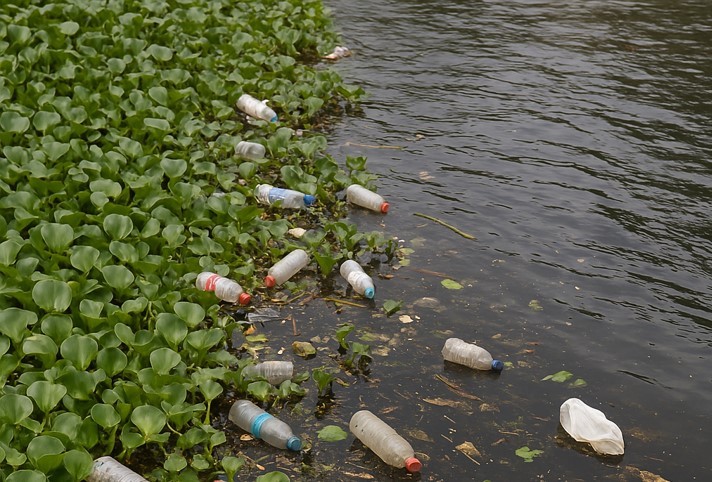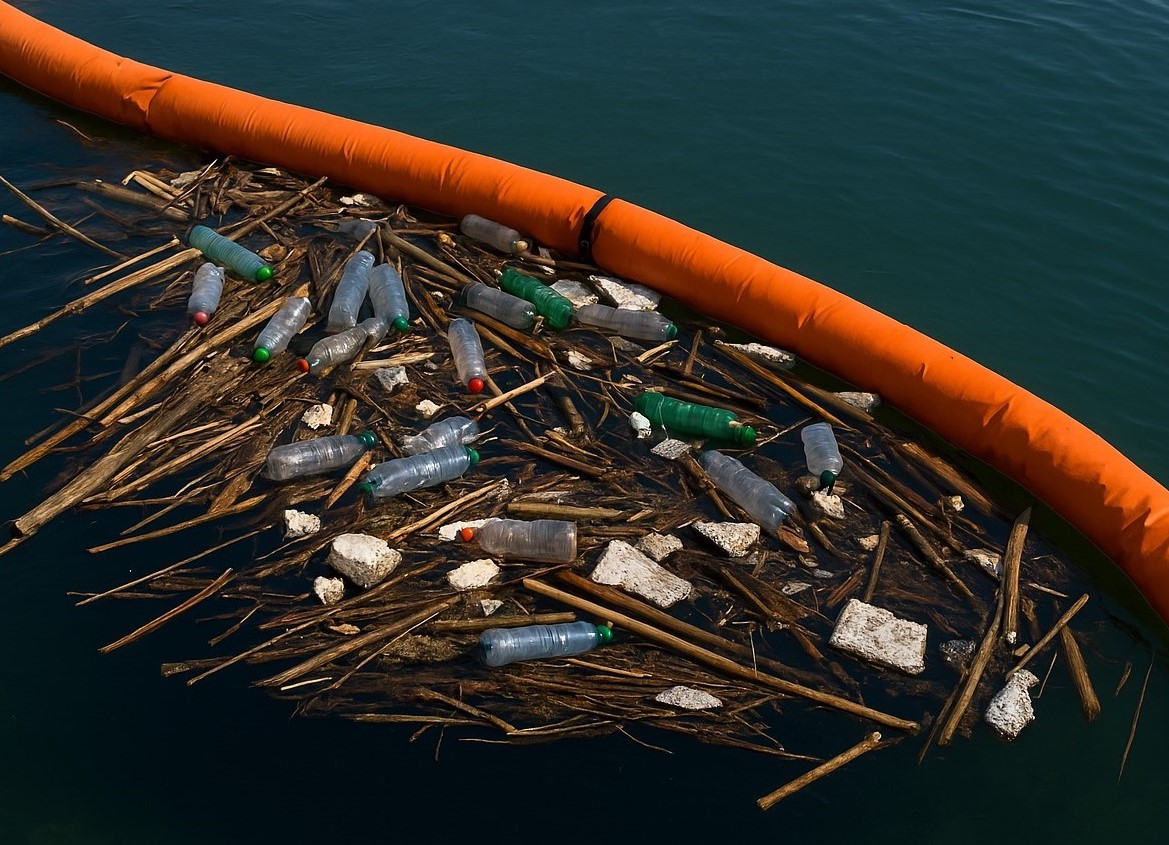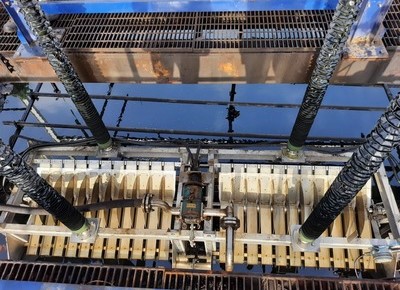Advancement In Oil Spill Response

Oil spill at sea has socioeconomic impact and is disastrous for the marine ecosystem and marine life. There are many types of oil spills and most are minor, for example when oil spills from a ship during refuelling. But serious incidents bring consequences that last for decades. Most of the major oil spills happen when a pipeline breaks, a tanker sinks or runs aground or when a drilling operation goes wrong.
On marine life oil spill damages the insulating ability of fur on mammals, affects the water repelling ability of birds, without the insulation or water repelling ability, mammals and birds can die from hypothermia. While fish and shellfish are impacted as the oil mixes and sinks. Fish can experience impacted growth, enlarged livers, fin erosion and a reduction in reproductive capabilities. In fish and shellfish, the effect can also be lethal, if not lethal, they are often no longer safe for human consumption. The above is just an overview of the adverse effects of oil spill on marine life.
The oil spill also has a financial impact. The clean-up has to be paid for and more importantly the long-term impact of a spill has greater economic consequences. The spill affects the natural beauty leading to decline in tourist numbers. In case the area is reliant on fishing the activity is on halt until the area is recovered from the spill. Thus, resulting in huge financial losses.
To mitigate the negative impact of oil spill new technologies are being developed to timely detect, monitor and reduce the time required for clean-up. One of the factors to improve emergency response to a spill is alternes and readiness. It prevents spread of spill which is crucial in mitigating the damage.
Modern approaches emphasize on quick mobilization with the help of aerial surveillance using drones / satellite and remote sensing images. The data collected from aerial surveillance such as range, type and location are critical to limit the damage. To ensure minimum damage the clean-up must be quick and efficient. Here we need to note that effective clean-up depends on many factors of which some are time taken by crew to reach the site, weather conditions, type of oil, shoreline type and environmental sensitivity.
Here, technology helps in remote sensing of oil spills. The data collected from the surveillance helps identify the exact location, type of oil spill, extent of spill and other parameters essential for quick response. Use of satellite and drone imaging, sensors, and autonomous vessels for clean-up are some of the modern technologies that enhance response time and accuracy.
The data available helps the crew to understand the condition at the spill site. On arrival the crew aims at containment and skimming of oil using booms and Oil Skimmers. Booms are floating physical barriers that stop the oil from spreading. Whereas, skimmer skim the oil from the top of water.
There are different types of oil water separator and depending on the type of oil spill the most suitable skimmer is deployed. The oil skimmers effectively skim the oil and transfer it to a storage onboard thereby making it capable for continuous operations. They are unmanned and controlled remotely ensuring safety of the crew. The equipment works tirelessly and efficiently in controlling oil spill damage by recovering oil. To make skimming more efficient and quicker, new innovation and advancement in the skimming technology have been developed and some are in progress.
The integration of modern technologies such as accurate data collection, advanced oil water separators and well-trained oil response crew is essential to reduce the adverse impact of an oil spill in a significantly short time.
Environmental bodies and the business entities together are continuously working towards developing contingency plans and technologies to tackle oil spills in a much better way. Until then we have the support of technology in terms of data collection and superior boom barriers and Oil Water Separators in conserving our environment.
Frequently Asked Questions (FAQs)
Q.1 What are the key components of an effective oil spill response equipment?
A. An effective Oil Spill Response Equipment typically comprises three key components: containment booms, skimmers, and sorbents. Containment booms create a barrier to prevent the spread of oil, skimmers are used to collect the oil from the water’s surface, and sorbents help to absorb and remove any remaining oil residue. These components work in tandem to swiftly and efficiently mitigate the environmental impact of an oil spill.
Q.2 How can a floating oil skimmer system help in environmental cleanup efforts?
A. A floating oil skimmer system can significantly aid environmental cleanup efforts by efficiently removing oil and hydrocarbons from water surfaces. By effectively collecting oil spills or contaminants, these skimmers prevent the spread of pollutants, mitigate ecological damage to aquatic habitats, and protect wildlife. Their ability to separate large volumes of oil from water enhances the efficiency of cleanup operations and helps maintain the ecological balance of affected ecosystems.
Q.3 How effective are oil containment booms in containing and preventing oil spills?
A. Oil Containment Booms are an essential tool in containing and preventing oil spills, as they create a physical barrier that helps restrict the spread of spilled oil on water surfaces. Their effectiveness depends on various factors, including the size of the spill, weather conditions, and the promptness of their deployment, making them a valuable component in oil spill response strategies.





